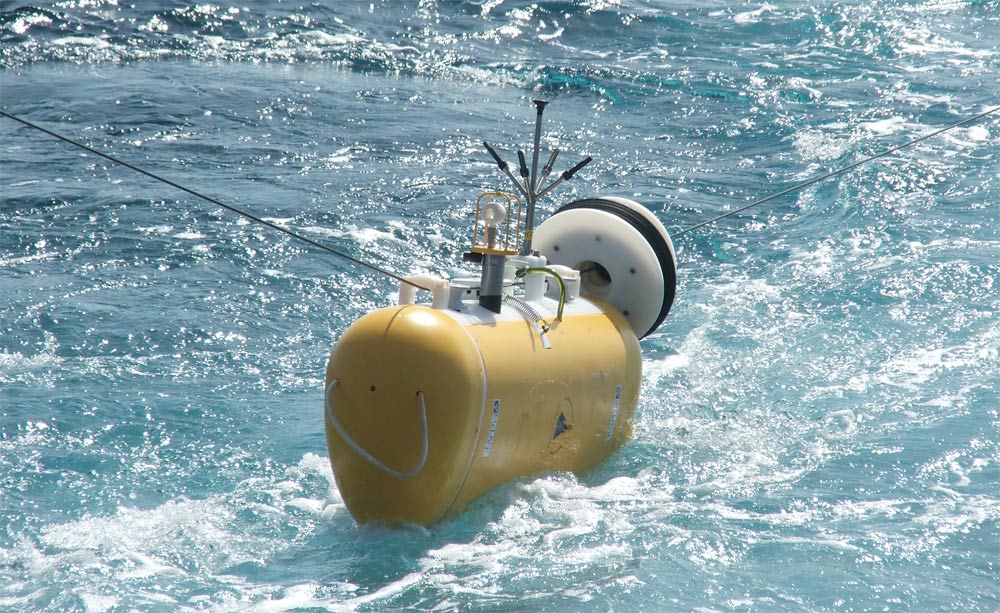
Strange jets of water rising from deep in the ocean repeatedly trigger anomalies in wind, rainfall and sea surface temperature across the tropical Atlantic, scientists find.
Decades of research have revealed that the oceans impact climate in a multitude of ways, most notably with the ocean-atmosphere phenomena known as El Niño and La Niña events, where patterns of warmth and cold in the Pacific regularly wreak havoc worldwide.
Scientists wanted to understand how the oceans influenced the tropical Atlantic around the equator. Previously, researchers had thought the Pacific and North Atlantic Oceans were the main sources for climate fluctuations there.
Now oceanographers have discovered regular climate fluctuations in the tropical Atlantic are apparently caused by hitherto unknown deep jets of water traveling from the abyss up about 9,800 feet (3,000 meters).
"To date, when trying to explain tropical climate variations, we have always looked upwards, specifically to the atmosphere," said researcher Peter Brandt, a physical oceanographer at the Leibniz Institute of Marine Sciences in Kiel, Germany. "Our new data, for the first time, direct our attention towards the depths of the ocean, thereby opening new perspectives."
These currents flow at speeds of 1,180 to 2,360 feet per hour (10 to 20 centimeters per second) along the equator, crossing the entire Atlantic. The kinetic energy they pack alters surface currents, leading to fluctuations in climate that regularly cycle about every 4.5 years.
Among the areas these fluctuations impact is West Africa. Rainfall linked with the West African Monsoon has a major effect on agriculture, water resources and health concerns in one of the more densely populated regions in Africa, Brandt explained.
The scientists investigated these jets from the abyss using deep-sea moorings located along the equator, consisting of several miles of wire held upright in the water column by floats and buoys. Instruments mounted along the wire continuously recorded water speed, direction, salt levels and temperature over the long term. The researchers also gathered data using freely drifting deep-sea buoys called Argo floats, as well as from satellite.
"We have studied sea surface temperature variability in the tropical Atlantic for a long time and we also study deep circulation," Brandt told LiveScience. "At one point, we saw that they are both closely connected."
It remains uncertain what might cause these deep jets. The researchers currently speculate that strong monthly fluctuations in movement of the ocean's surface propagate downward to generate conditions for the jets in the abyss, Brandt said.
"How large the effect of these deep jets is, and how they are generated is still somewhat of a mystery," Brandt said. "We still have a lot of work ahead of us."
On a research cruise this month, "we are going to retrieve and redeploy our moorings along the equator," Brandt said. "We hope that the new data will provide new insight into the processes of the deep sea, thereby also contributing to an improved climate prediction for West Africa."
The scientists detailed their findings online May 18 in the journal Nature.



Reader Comments
to our Newsletter